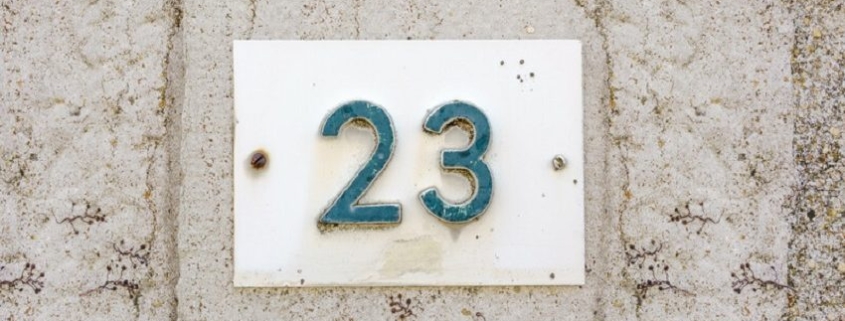Why Medical Office Could Be The Safest Asset Class During A Recession
The potential of a looming economic downturn has investors looking for safe places to put their money, and one top investment manager says medical office could be the best bet.
LaSalle Investment Management Head of U.S. Healthcare Real Estate Steve Bolen, speaking at Bisnow’s National Healthcare Mid-Atlantic event last week at the Washington Marriott Georgetown, said the two safest asset classes in commercial real estate are multifamily and medical office.
“Apartment owners are able to maintain occupancy during a downturn by lowering rents, and they have the flexibility to bring them back up with the economy improves,” Bolen said.
Medical office space has the benefit of being occupied by an industry, healthcare, that typically does not suffer the same job loss as other sectors during a downturn. During the Great Recession, Bolen said the overall U.S. employment base was shrinking by more than 6%, but the healthcare employment base was still able to grow by more than 2%.
“There is no better sector of our U.S. economy in terms of job growth during downturns in the economy than healthcare,” Bolen said. “Astute institutional investors have come over to medical office and view medical office as a key component of a well-diversified commercial real estate portfolio.”
Another benefit of medical office, Bolen said, is tenant retention. LaSalle has made about $2.5B of medical office investments, he said, and the overall retention rate for its medical office tenants is in the mid-80% range. In standard commercial office space, he said, retention is in the 60% to 70% range.
“So you’ve got excellent employment growth during downturns in the economy and very sticky tenants,” Bolen said. “Medical office has a lot of attributes investors view very favorably when investing for defense.”
The main challenge in investing in medical office today, Bolen said, is that so many investors are looking to put money into the asset class that there is not enough supply to satisfy the demand. The solution for this, he said, is to look in secondary and tertiary markets that investors might overlook. Medical office investors do not need to stick to the top 25 largest metropolitan areas as investors of commercial office do, he said, and they can instead find quality hospitals that create demand for medical office space in smaller markets.
“There’s just not enough to buy that’s good quality for the amount of capital that is seeking a home in this space,” Bolen said. “So you have to go where the deals are. You have to align yourselves with hospital systems in secondary and tertiary markets.”
Demand for medical office space is booming in part because health systems are moving many services away from traditional hospital campuses and into outpatient facilities. Over the last two years, the revenues that leading hospital systems make outside of the hospital have begun to equal the money they’re making inside the hospital, said Dr. Sunil Budhrani, CEO of Innovation Health, a partnership between Inova and Aetna.
“The world outside the walls of the hospital has become very important to us,” Budhrani said. “In some markets, you’ll see a reshaping toward ambulatory, outpatient [facilities] … We’re going to reshape how we’re delivering healthcare and how the hospital plays into that space.”
Source: Bisnow




